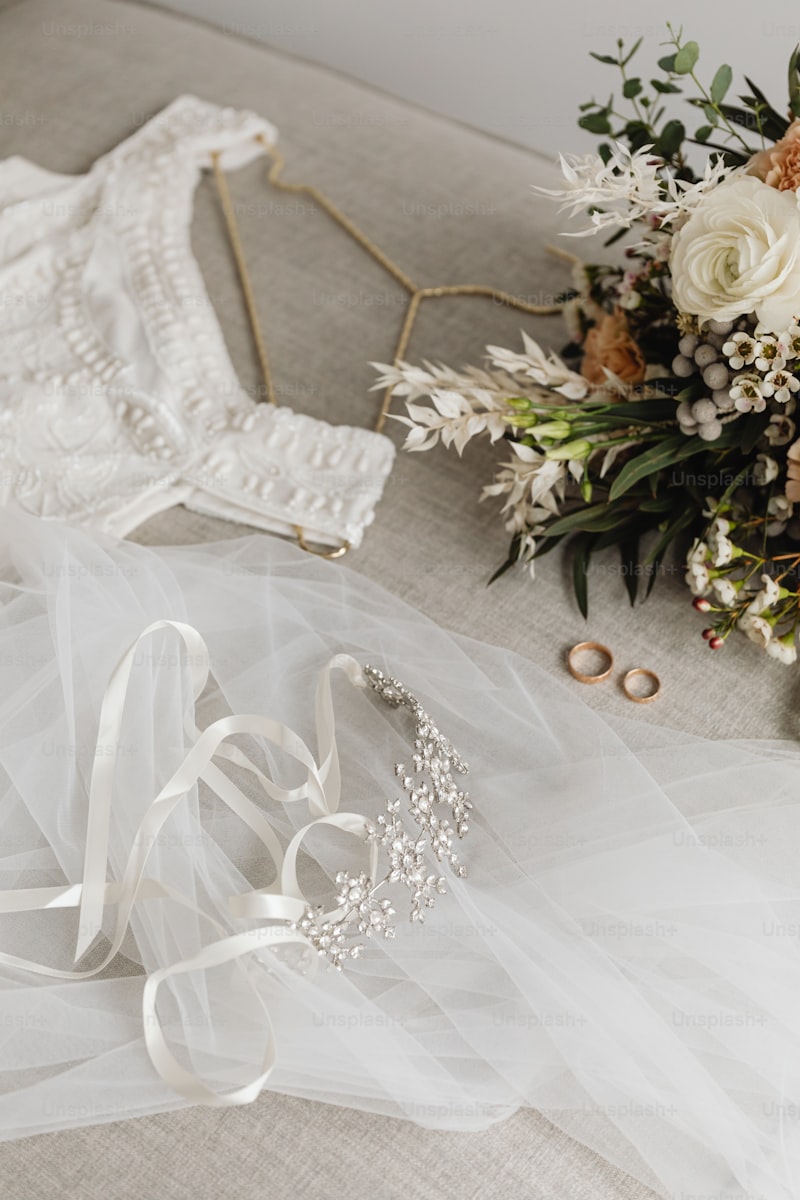Mastering Long-term Wedding Dress Planning: A Comprehensive Guide
Understanding Long-term Wedding Dress Planning
When it comes to organizing a wedding, one of the most significant components is selecting the perfect wedding dress. This decision can often become overwhelming, considering the plethora of styles, designers, and trends available. Long-term wedding dress planning is essential for brides who wish to ensure that their special day is a reflection of their personality and style, without the last-minute rush. In this article, we will explore the intricacies of long-term wedding dress planning, providing insights and practical tips that will guide you through the entire process.
The Importance of Long-term Planning
Long-term wedding dress planning is not just about finding a dress; it involves careful consideration of various factors such as budget, style preferences, and even time management. With the average wedding planning timeline spanning from 12 to 18 months, starting early gives brides ample time to make informed decisions.
Budget Considerations
Establishing a budget is one of the first steps in the wedding dress planning process. Wedding dresses can range widely in price, so it's crucial to determine how much you are willing to spend. Here’s a simplified budget breakdown:
| Category | Estimated Cost |
| Designer Dress | $2,000 - $10,000+ |
| Off-the-Rack Options | $500 - $2,000 |
| Alterations | $100 - $600 |
| Accessories (Veil, Shoes, etc.) | $200 - $1,000 |
Understanding the financial implications will allow you to allocate funds accordingly, avoiding overspending and unnecessary stress.
Identifying Your Style
Before you start shopping, take some time to decide what style resonates with you. This could range from classic to modern, bohemian to vintage. Creating a vision board with examples of dresses you love can help in narrowing down your choices. Don't forget to consider practical factors such as the season, venue, and overall wedding theme.

Starting Your Dress Search
Once you have a budget and style in mind, it's time to begin the hunt for the perfect wedding dress. Here are some steps to streamline your search:
Research Designers and Boutiques
Check various designers’ collections online and visit local boutiques. Make a list of boutiques that carry your preferred designers. Calling ahead to confirm availability is advisable, as some dresses may require advance ordering.
Schedule Appointments
Schedule fittings and appointments at different boutiques. Be sure to bring along trusted friends and family who can provide honest feedback. Having a second opinion can be invaluable during your search.
Don't Rush the Fitting Process
Long-term planning means you have the luxury of time. Take your time during fittings and be patient with the process. If a dress doesn’t feel right, don’t hesitate to keep looking. The perfect gown should make you feel beautiful and confident.
Finalizing Your Dress Choice
Once you’ve found “the one,” it’s time to finalize your choice. Here are some considerations:
Understanding Timeline and Alterations
Be aware of the time required for alterations. On average, dresses can take 2 to 4 months for custom alterations. Be sure to allow ample time for any adjustments needed to ensure a perfect fit.
Understand Care Instructions
Bridal gowns require special care even before the wedding day. Ask the boutique about how best to maintain your dress and what to do leading up to the big day.
Accessorizing Your Wedding Dress
Accessories can dramatically change the overall look of your wedding dress. Here are some tips for selecting the right accessories:
Selecting the Right Veil
Your veil should harmonize with your dress's style and be appropriate for your wedding theme. Consider the length and fabric; a cathedral veil may suit a grand venue, while a simpler, shorter veil may be fitting for a casual setting.
Choosing Jewelry
Jewelry should complement your dress without overpowering it. If your gown is heavily embellished, opt for minimalistic jewelry. For simpler dresses, consider statement pieces that add a touch of glam.
Finding the Perfect Footwear
Your shoes should be comfortable and suitable for your gown length. Think about where the wedding will take place: high heels may not be practical for a beach wedding, whereas elegant flats may be more suitable.
Day-of Dress Preparation
On your wedding day, it’s essential to have a plan for how your dress will be handled. Here's how to prepare:
Bridal Emergency Kit
Consider putting together a bridal emergency kit that includes items like a sewing kit, stain remover, bobby pins, and safety pins in case of last-minute issues.
Assigning a Trusted Person
Designate a friend or family member to assist you on the day of the wedding. They can help you with adjustments or any emergencies that arise, allowing you to enjoy your day stress-free.
Conclusion: The Key to Successful Long-term Wedding Dress Planning
In conclusion, long-term wedding dress planning involves multiple stages, from budget setting and researching styles to making final decisions and preparations. Taking the time to carefully plan can lead to a wedding dress that not only meets your expectations but also resonates personally with you. Remember, the journey is just as important as the destination. By starting early, you not only reduce stress but also empower yourself to make choices that reflect your individual style. Happy planning!
Remember, the key to success lies in preparation, so start your journey towards your dream wedding dress today!